Despite the considerable usage, fame, and production of rice in Asia especially in China, India, and Japan, this food is not as popular in Europe as the countries mentioned, and in other words, it is not yet excepted enough to be the main food in European meals and be taking part in their colorful dishes. So, because of this, there’s still a sharp gap between the supply and demand of rice in Europe which we want to proceed and deal with it during this article. Meanwhile, we take a look at the preparation and consumption of rice in Europe.
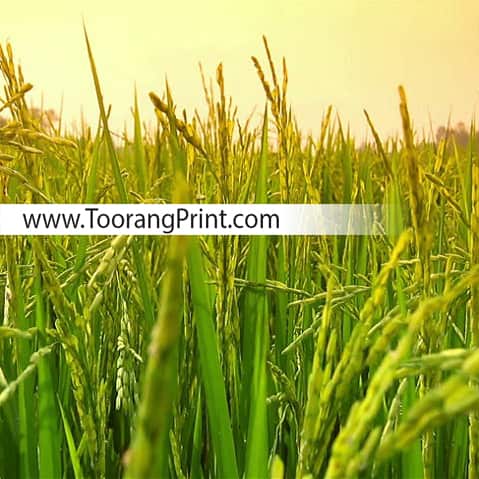
Rice in Europe
• Lack Of Rice In The Land Of Rice!
As mentioned before unlike the other continents like Asia, Africa, and America, Europeans especially northern countries are not very rice-loving countries and rice has barely a place in their diet. However, rice on this continent is a more important socio-cultural and ecological necessity.
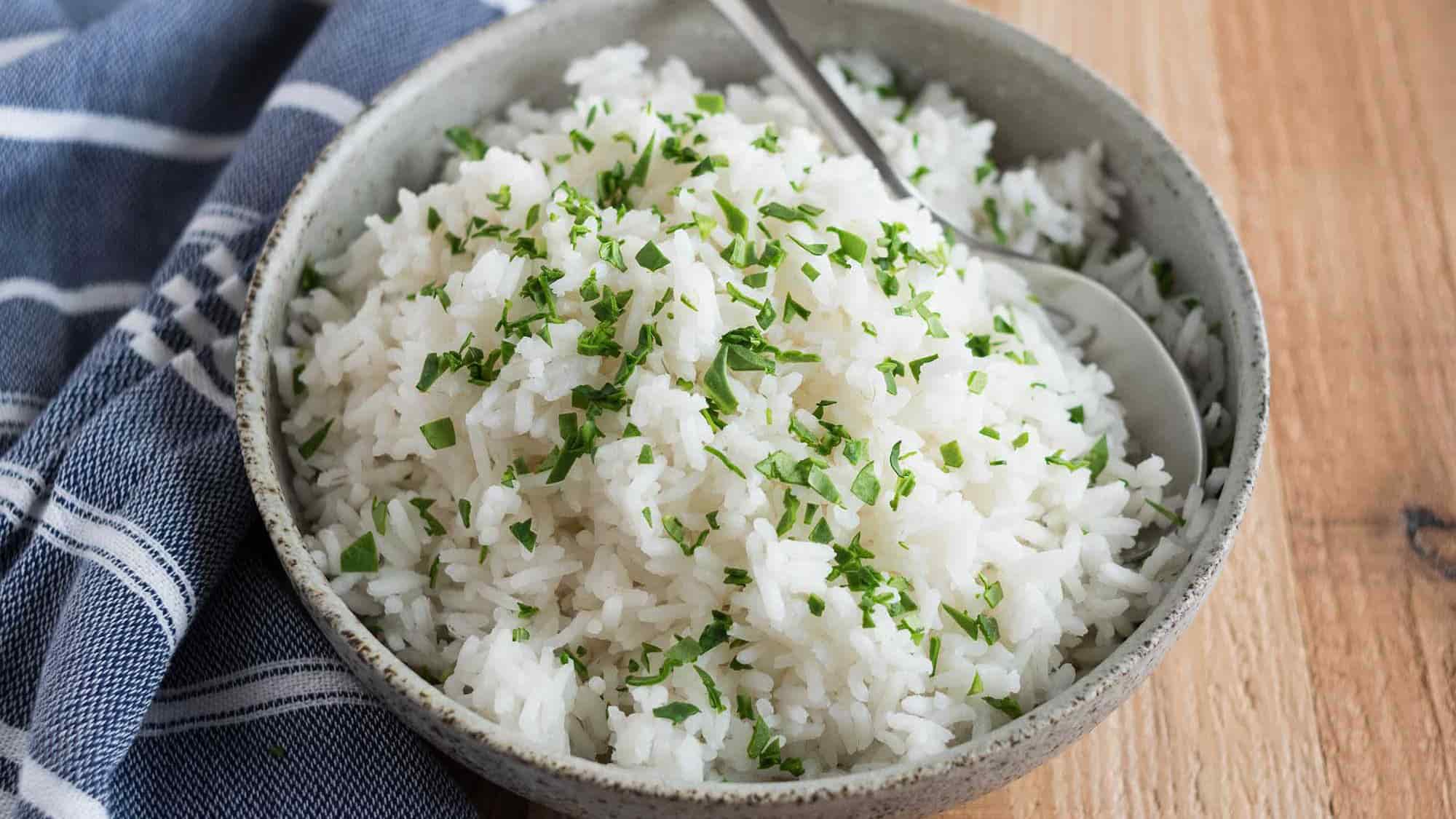
Per capita, rice consumption varies across the Green Continent. In northern countries that are not rice-productive, this rate varies from 3.5 to 5.5 kg per year, and in southern countries which produce more rice than the northern part is from 6 to 18 kg.
In total, the 27 EU member states have 450,000 hectares of rice fields. The amount of rice production per year is 3.1 tons, of which 1.1 tons are exported. Italy and Spain produce 80 percent of Europe's rice, while Greece and Portugal produce 12 percent of Europe's rice. France, Bulgaria, Hungary, and Romania are other rice producers.
Russia and Ukraine are other countries that produce rice outside the union.

• Rice’s Bold Entry In Green Continent!
Like every other issue, for starting to learn about something we first have to take a quick glance at its history and roots.
The history of rice entering the Green Continent goes back to Alexander's adventures in Asia in 320 BC. Seeking for rice history in Europe in that era, it was found that Alexander brought the rice as a souvenir of his adventures from south-west Asia. After this, the Arabs entered the Iberian Peninsula which was near Spain and Portugal and that was another opportunity to once again introduce the continent to rice. Until then, however, edible rice was rare and only served at the table of kings.
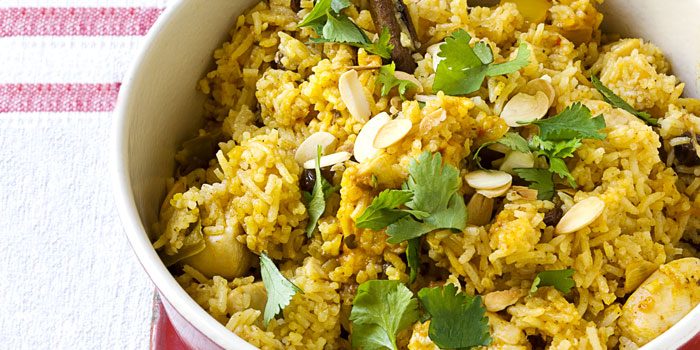
From that period on, Europeans have found rice on their table as an alternative for other grains like wheat and beans. There are pieces of evidence found, of rice growth in Portugal in the twelfth and fifteenth.
Italy and Portugal were the first nations that received and accepted this white grain.
With the arrival of rice in European countries (especially deprived areas), there were extensive changes in the customs, traditions, and, of course, the economic action and structure of these countries. However, planting rice in Europe has a different story.
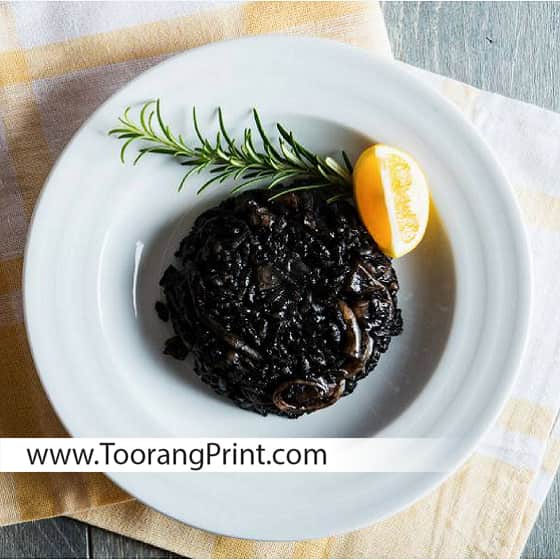
• Planting Rice Europe!
Thanks to rice entrance, there was an extensive and widespread improvement in the economic and social structures of Europe. Rice cultivation in Europe began in sedimentary and alluvial areas like river deltas, which for a long time, however, were considered unsanitary and uninhabitable. Due to the abundance of water, these regions played an important role in the production and spread of rice throughout Europe.

After many years of rice cultivation and gaining experience, Europeans realized that rice cultivation has many benefits, not only food but also ecology. From then on, rice has been more considered as a strategic and critical means of social and economic reforms. The example below will make us come up with the mentioned idea about the transformative role of rice in Europe.
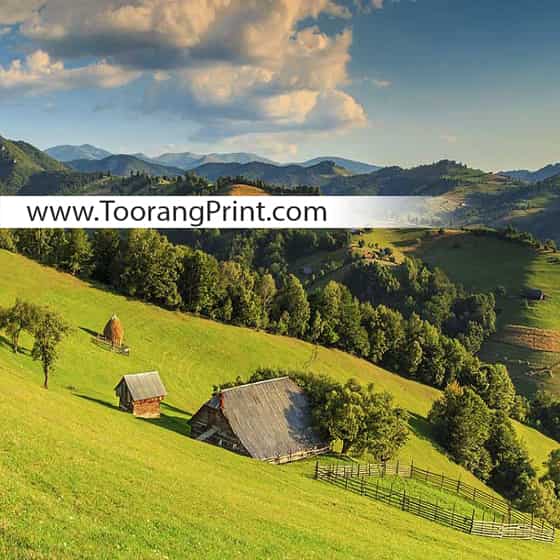
• A Dynamic And Fertile World!
now in this article, we talked about some topics which its important ones were, the time in which rice arrived in Europe, rice consumption in this continent, and rice past and present in the green continent.
We know that, unlike in Asia, in Europe, rice is not considered a staple food and apart from its food functions, it also has social and ecological effects. it is believed that if we accept that nothing in nature has come into being for no reason and is useless, then we can define a new function and role for it. Just like the river delta and alluvial lands, which had been idle for a long time in Europe and were considered dangerous, became the breeding ground for rice after a while, and this subject to extensive changes in the field of culture, social structure, economic structure, and of course The European ecosystem was created and it is clear that any change in one part of society (however small) will have far-reaching effects on other parts of society and, of course, other countries.